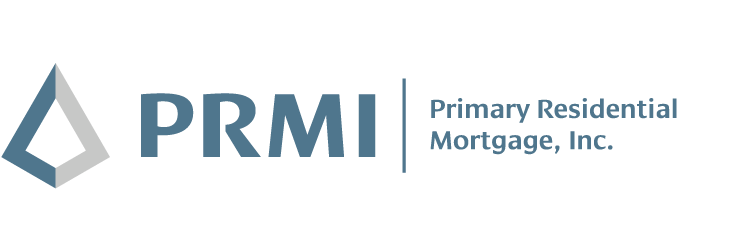Should You Choose a Fixed-Rate or Adjustable-Rate Mortgage?
At Primary Residential Mortgage, Inc., we know that committing to a mortgage can be intimidating. While mortgages have many benefits, both short- and long-term, it’s important to feel confident in your choice.
To help you understand your options, we’re diving into the difference between fixed-rate and adjustable-rate mortgages (ARMs). Both options are good, but the right one for you depends on your situation and goals.
What is the difference between a fixed-rate and adjustable-rate mortgage?
A fixed-rate mortgage has an interest rate that stays constant throughout the entire mortgage term. An adjustable-rate mortgage has an interest rate that can change periodically. The interest rate on adjustable-rate mortgages is often impacted by national interest rates.Upgrade your bathroom and kitchen sinks with new faucets.
When you may benefit from a fixed-rate mortgage
The main benefit of a fixed-rate mortgage is knowing your interest rate will stay the same even if the market changes and rates become less favorable. This helps keep your monthly payment consistent so you can plan your budget.
If long-term consistency is important to you, you may prefer a fixed-rate mortgage.
When you may benefit from an adjustable-rate mortgage
The main benefit of an adjustable-rate mortgage is that you may be able to get into a mortgage with a reduced rate for the first few years. This can make it easier to afford a home if you don’t have a lot of funds prepared.
In most cases, adjustable-rate mortgages have the same rate for the first few years, and then once a set period of time has passed, the rate will change based on the market.
If you’re looking for a loan with smaller initial payments, an adjustable-rate mortgage may be a good option.
The information above is meant to help you get a basic understanding of your options, but, as always, your Loan Officer can give you more specific guidance for your unique situation and needs.












